Home » Oil and Gas » Oil Sands
What Are Oil Sands?
Also known as "tar sands" - much of the world's fossil fuel resource is locked in these deposits
Article by: Hobart M. King, PhD, RPG
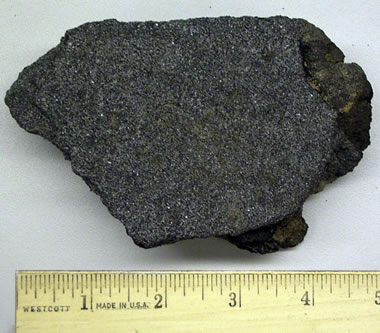
Oil sand: Tar sands specimen close-up photo. From Asphalt Ridge near Vernal, Utah. Image by Argonne National Laboratory.
What are Oil Sands?
Oil sands, also known as "tar sands," are sediments or sedimentary rocks composed of sand, clay minerals, water, and bitumen. The oil is in the form of bitumen, a very heavy liquid or sticky black solid with a low melting temperature. Bitumen typically makes up about 5 to 15% of the deposit.
How is the Oil Removed?
The method used to extract bitumen from an oil sand depends upon how deeply the oil sand is buried. If the oil sand is deeply buried, wells must be drilled to extract the bitumen. If the oil sand is close to the surface, it will be mined and hauled to a processing plant for extraction.
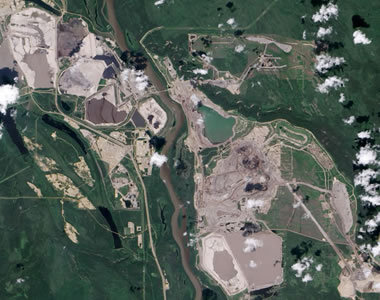
Athabasca oil sands mine: Oil sands mining complex along the Athabasca River in Alberta, Canada. The Athabasca Oil Sands are the largest oil sands deposit in the world. It is the second-largest accumulation of oil in the world after Saudi Arabia. Image by NASA / Earth Observatory. Enlarge image.
Are Oil Sands a Significant Resource?
Most of the world's oil sand resources are located in Alberta, Canada. The Alberta Energy and Utility Board estimates that these contain about 1.6 trillion barrels of oil - about 14% of all of the world's total oil resource. The largest deposit is the Athabasca Oil Sands [1].
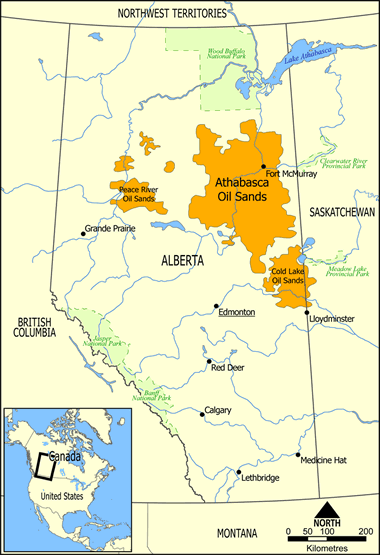
Location of Alberta oil sands deposits: Map showing the location of the Athabasca, Cold Lake, and Peace River oil sands deposits in Alberta, Canada. Public domain image created by Norman Einstein.
Surface Mining
At an oil sands mine, the overburden is stripped away and large mining machines load the sand into trucks that haul it to a nearby processing plant. At the processing plant, the oil sand is crushed and then treated with hot water and chemicals to liberate the bitumen. The liberated bitumen is then separated from the water, blended with lighter hydrocarbons to reduce its viscosity, and pumped through a pipeline to a refinery.
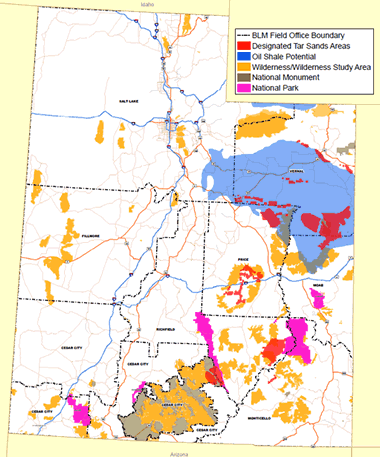
Tar sands areas in Utah: Map showing the location of designated tar sands areas in Utah (red). Image by the U.S. Bureau of Land Management.
Production by Drilling
Bitumen is removed from deeply buried oil sands by drilling wells - a process known as "in-situ recovery." Several wells are drilled down into the oil sand. Then steam and chemicals are pumped down one well. The hot steam and chemicals soften the bitumen, reduce its viscosity, and flush it to extraction wells where it is pumped to the surface. At the surface the bitumen is cleaned, blended with lighter hydrocarbons and pumped through a pipeline to a refinery.
History of Oil Sands Development
Oil sands research began in Canada in the 1920s. The Alberta Research Council sponsored early research on separating bitumen from oil sands. Experimentation continued through the 1960s without significant commercial production. Then in 1967 The Great Canadian Oil Sands Company began commercial production, producing about 12,000 barrels per day.
In the United States, government agencies gave oil companies permits to open demonstration mines and conduct in-situ drilling on government land in the 1930s. These projects resulted in minor amounts of commercial production in California and Utah. However, most were unsuccessful because they were challenged by remote locations, difficult topography, and a lack of water.
The Athabasca Oil Sands of Canada have been the main source of commercial production. The surface-mined deposits there can be successful when oil prices are high but in financial trouble when oil prices fall. They are also challenged by environmental concerns which include: air quality, land use, and water availability.
| Oil Sands Information |
|
[1] North American Oil Sands: History of Development, Prospects for the Future: Marc Humphries, Congressional Research Service Report for Congress, Order Code RL34258, 30 pages, 2008.
[2] Oil Shale and Tar Sands: U.S. Department of the Interior, Bureau of Land Management, last accessed July 2022. [3] Athabasca Oil Sands: The World's Second Largest Oil Deposit. Satellite image release by NASA Earth Observatory. National Aeronautics and Space Administration, 2009. |
Environmental Concerns
Oil sands mining and processing have a number of environmental impacts. These include: greenhouse gas emissions, land disturbance, destruction of wildlife habitat, and degradation of local water quality. In the United States the water concerns are especially important because the known oil sands and oil shale deposits are located in arid areas of Utah. Several barrels of water are required for each barrel of oil produced.
| More Oil |
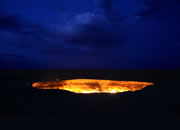 |
The Doorway to Hell |
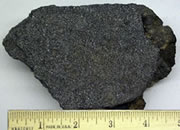 |
Oil Sands |
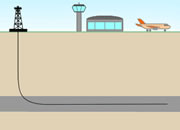 |
Horizontal Drilling |
 |
Oil and Gas Rights |
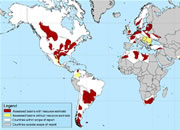 |
Shale Gas Resources |
 |
Gifts That Rock |
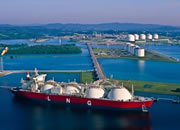 |
What is LNG? |
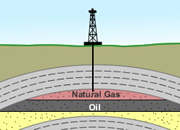 |
Natural Gas Investing |

Find Other Topics on Geology.com:

|

| ||

|

| ||

|

| ||

|

|
